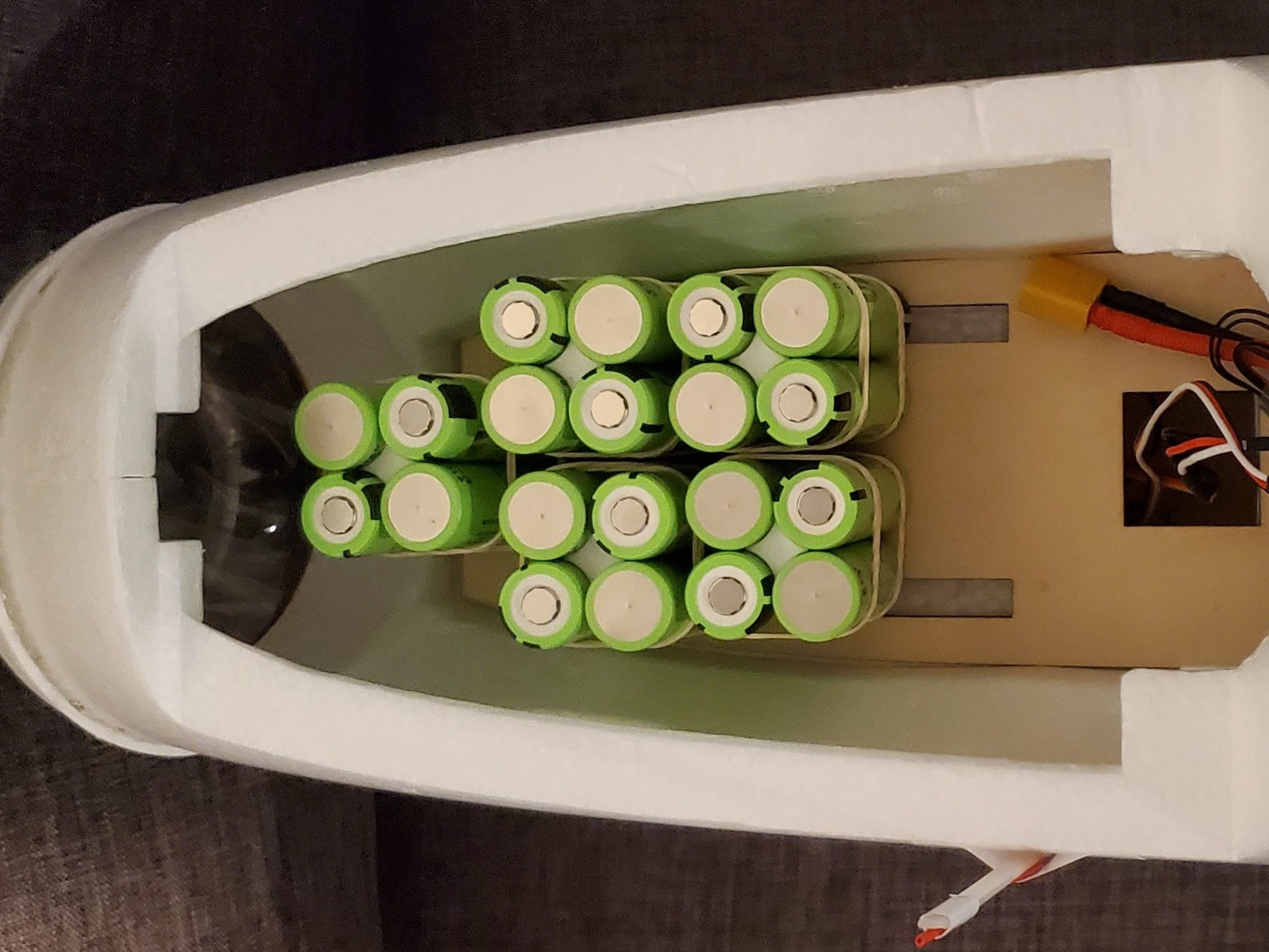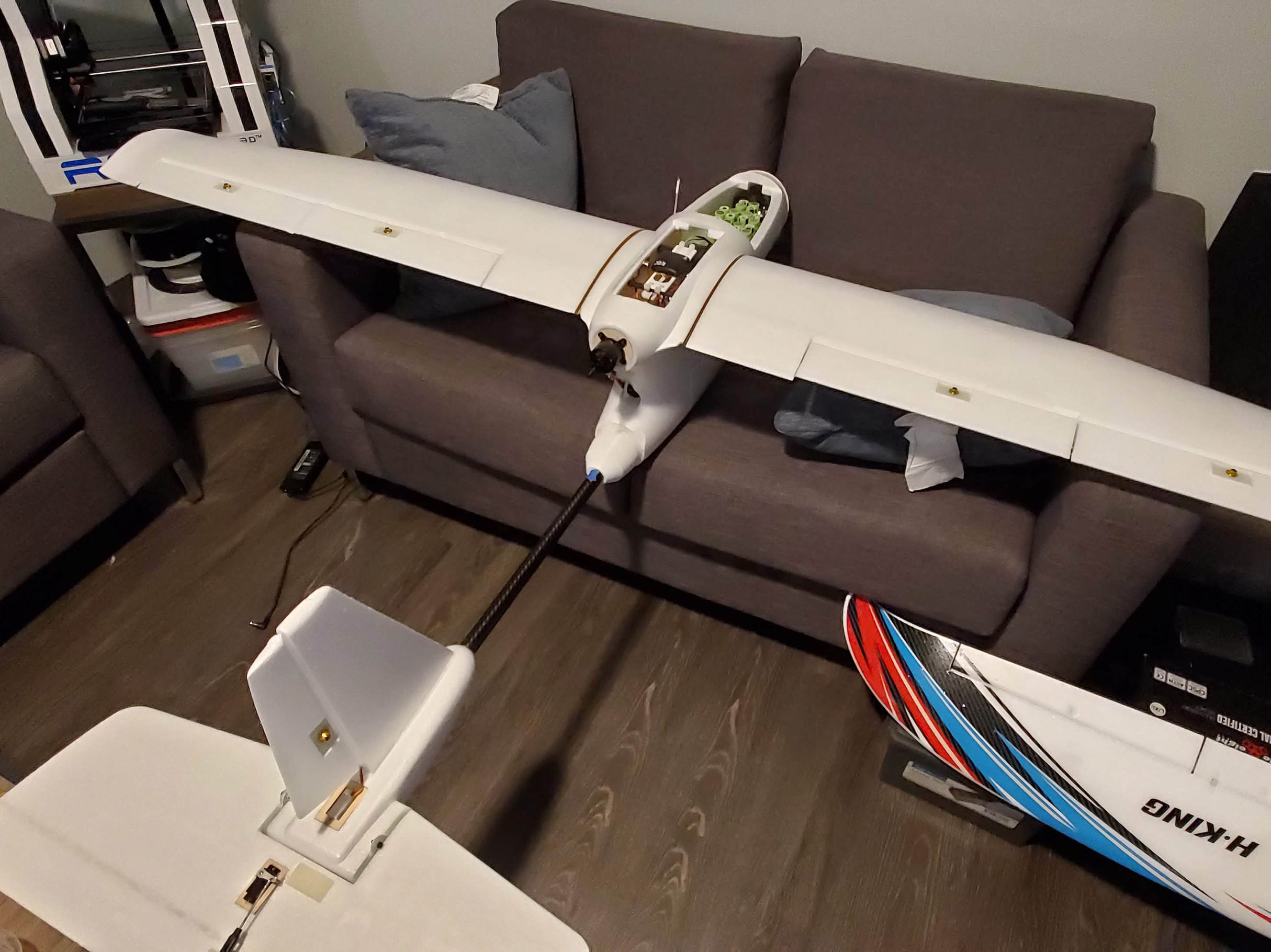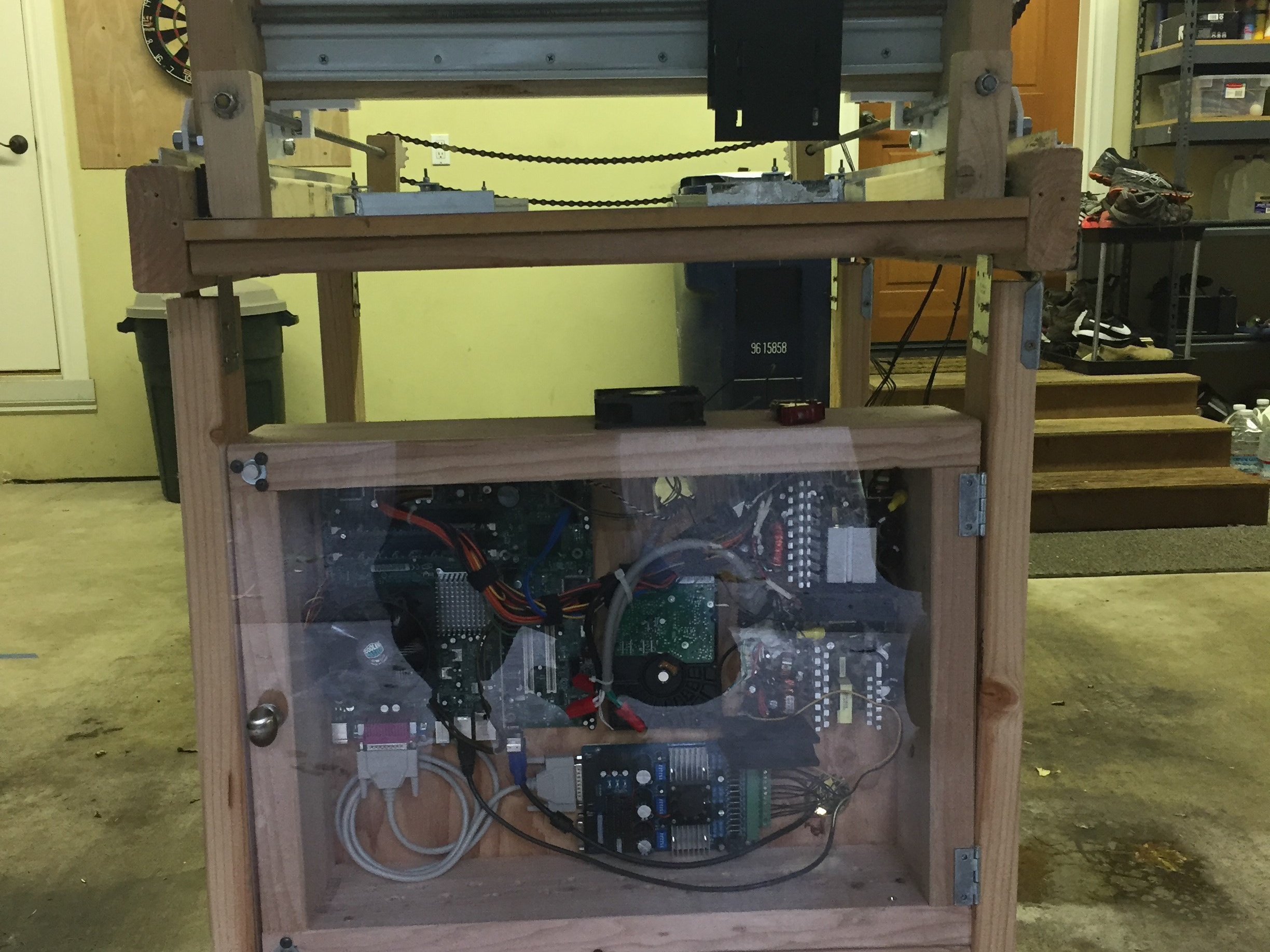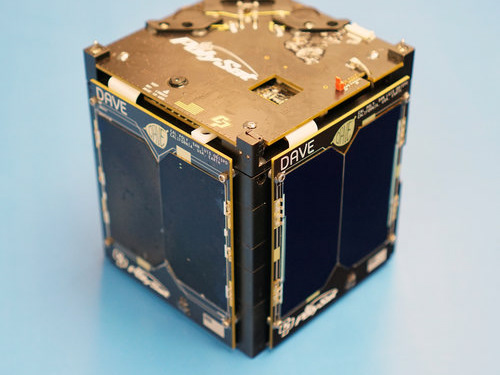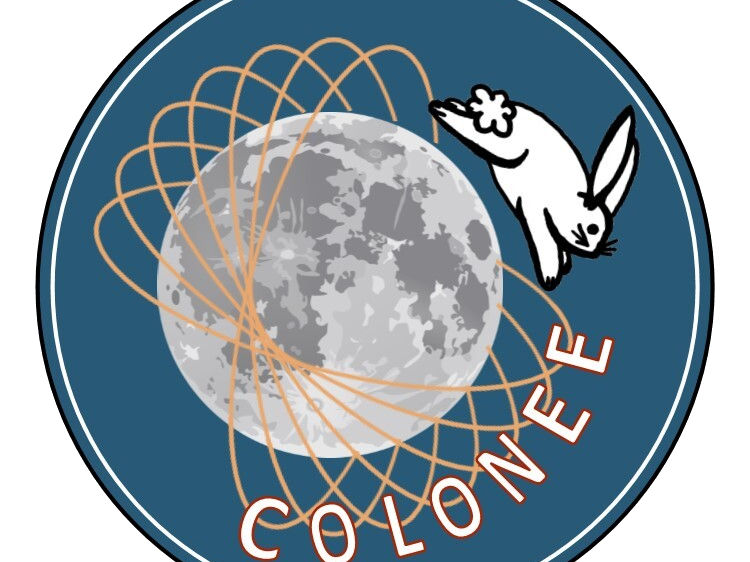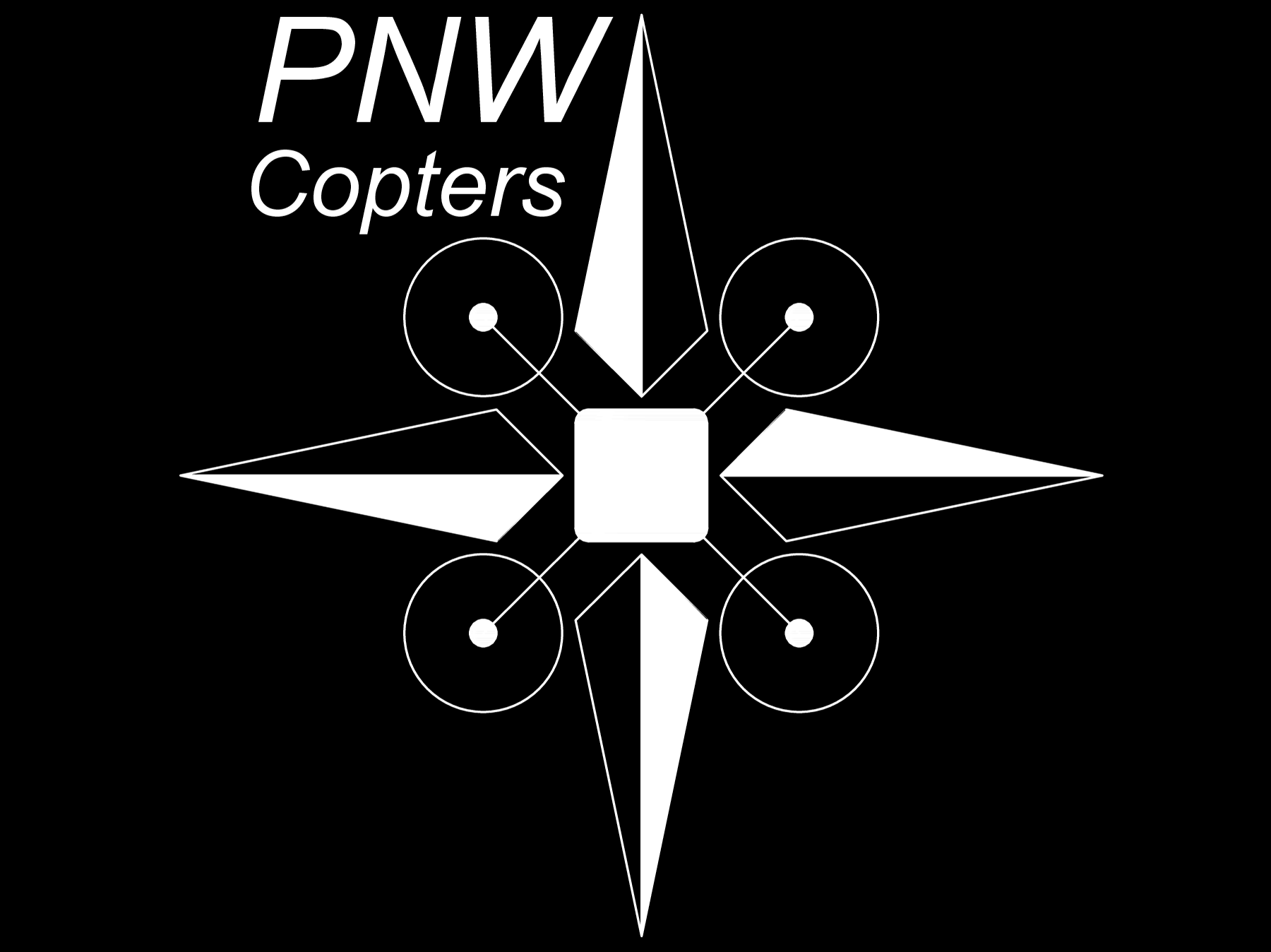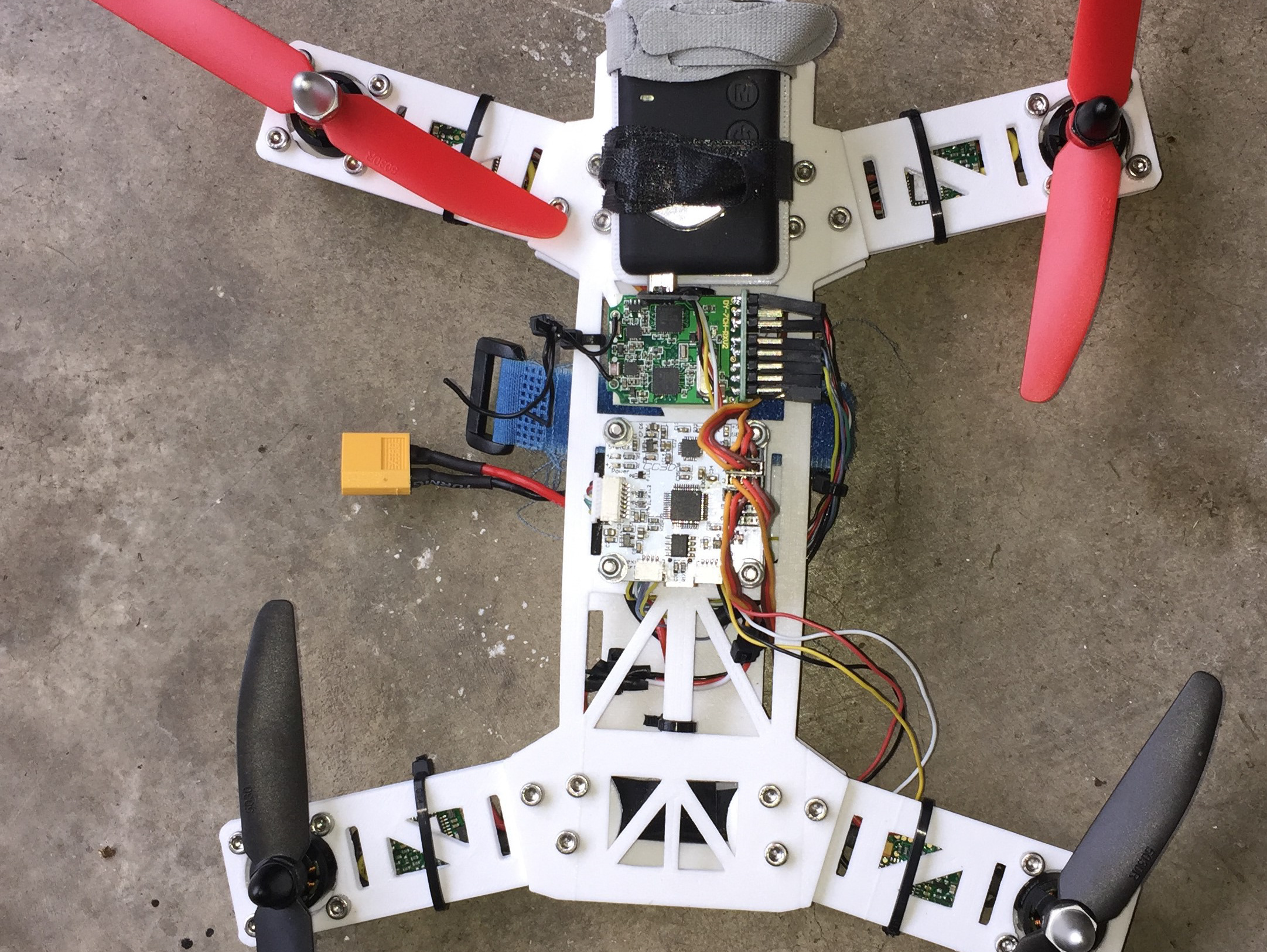Overview:
Starting in the late Spring of 2018, a small group of us worked together for starting Cal Poly's first Hyperloop team. Our team had people with many unique skills and expertise that when combined, we could design a pod to compete at SpaceX within a year of our club formation. At the point of writing this, we as a team have been accepted into the SpaceX 2019 Hyperloop International Competition! We are also officially the first team ever to make it to the competition within their first year of forming.
Moving Forward into 2020:
As of the beginning of 2020, there has not been a competition announced by SpaceX. Based off of historically how long it takes SpaceX to prepare for the competition, there is a very likely chance the competition won't be taking place this year. Therefore our endeavors have shifted into researching and innovating for the remainder of this year to prepare for the competition in 2021.
Magnetic Levitation:
One of the theories that founded the Hyperloop idea is how a vehicle could travel with very little to no resistance and losses to friction or heat. The original theory Elon Musk wrote about was using air bearings to create a friction-less pocket of air the pod would float on. Though with research and experimentation, only MIT Hyperloop has come somewhat close into making that work. However, with our partners at ArxPax, we have been working to develop a magnetic levitation system to levitate the vehicle above a non-ferrous metallic surface, like the aluminum track in the Hyperloop tube.
Initial Research:
ArxPax has been developing magnetic levitation units for some time now and has been looking at the best implementation of their units within the Hyperloop community. Using their patented design of a levitation unit, we reversed engineered their best performing model and are looking to improve upon it an any way.
Our preliminary testing was recently completed through a wheel that was manufactured in house and utilizing off the shelf permanent N52 magnets. The test results are still being processed and there will be more to come for design concepts to make the levitation more effective and efficient.
